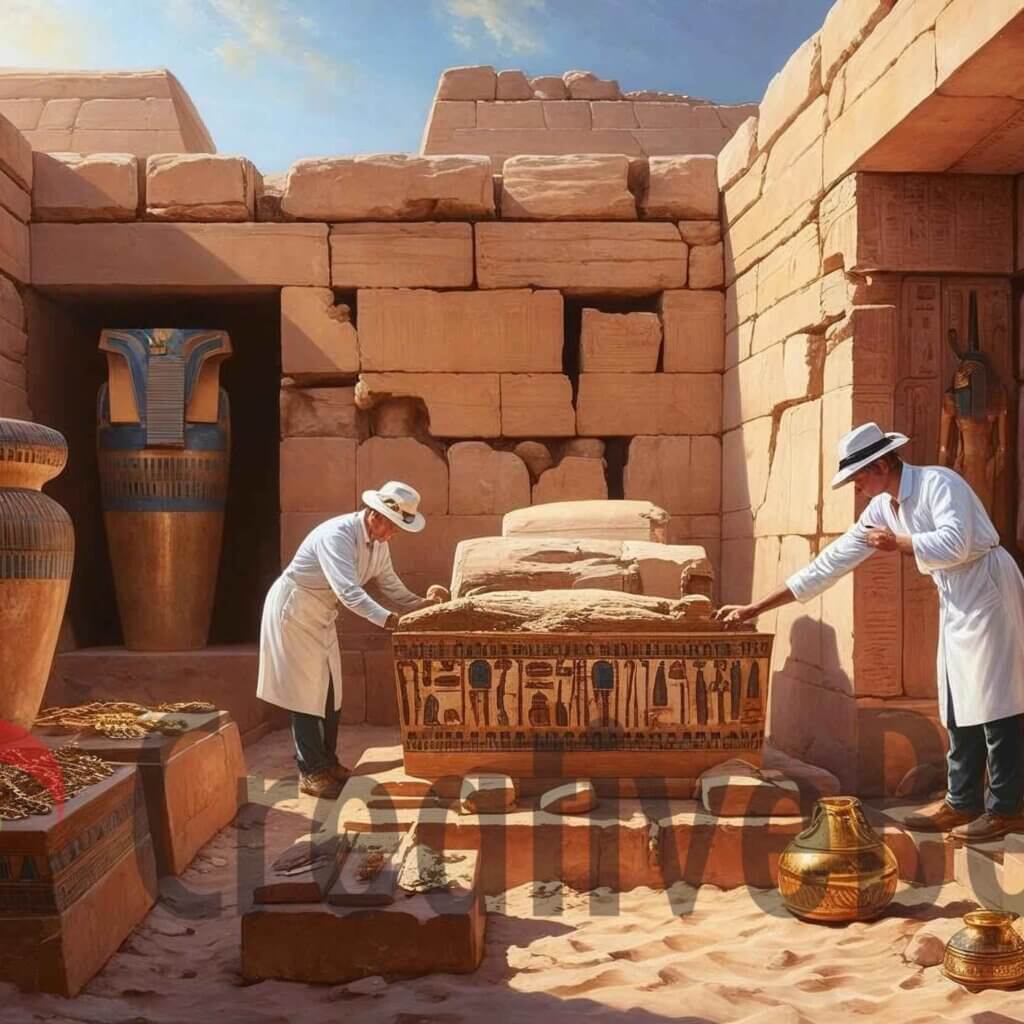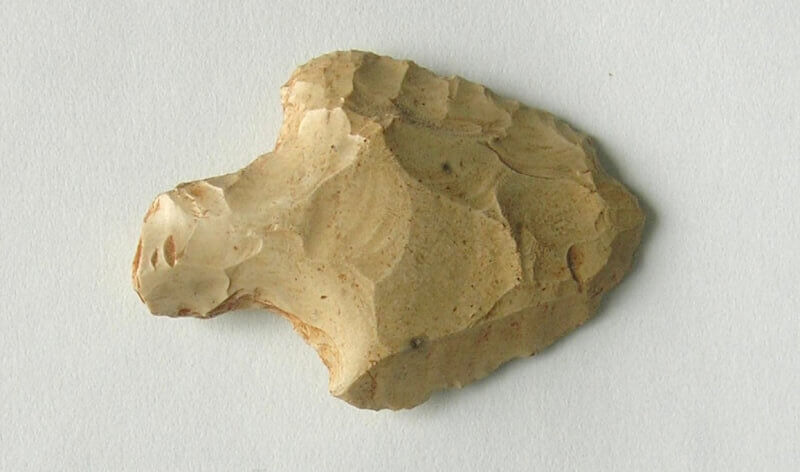Ancient Egyptian art attests to a civilization that flourished along the Nile River for more than three thousand years. Because of its unique style, symbolism, and devotion to religious and cultural traditions, Egyptian art provides important insights into the culture’s beliefs, values, and everyday lives. From its historical development and symbolic language to its architectural wonders and lasting impact, this thorough investigation explores all the many aspects of ancient Egyptian art.

Historical Evolution of Ancient Egyptian Art
Prehistoric and Early Dynastic Periods (c. 6000–2686 BCE)
Egyptian art originated in prehistoric ages, with artifacts such as pottery, figurines, and rock carvings. The Early Dynastic Period saw the union of Upper and Lower Egypt, resulting in the formation of artistic standards that would last for millennia. Notable artifacts from this era include the Narmer Palette, which depicts King Narmer’s unification of Egypt and features early hieroglyphic lettering.

Old Kingdom (c. 2686–2181 BCE)
Known as the “Age of the Pyramids,” the Old Kingdom witnessed the construction of gigantic constructions such as the Great Pyramid of Giza. This period’s art emphasized idealized images of pharaohs and deities that followed rigid proportion and position norms. Sculptures and reliefs were constructed to ensure that the subjects would be eternally present in the afterlife.
Middle Kingdom (c. 2055–1650 BCE)
The Middle Kingdom was an era of political stability and cultural excellence. Artistic expressions became more realistic, with a greater emphasis on detail in expressing human forms and emotions. Literature and art thrived, reflecting a culture preoccupied with issues of morality, order, and the afterlife.
New Kingdom (c. 1550–1070 BCE)
This era was known for its wealth, power, and vast empire. The Valley of the Kings’ ornate tombs, richly decorated temples, and complex jewelry were among the artistic triumphs. The Amarna Period, led by Pharaoh Akhenaten, saw a brief but significant transition towards more naturalistic art forms that deviated from established standards.
Late Period and Ptolemaic Dynasty (c. 664–30 BCE)
Despite foreign invasions and political upheaval, Egyptian art thrived, frequently combining traditional motifs with influences from Greece and other cultures. The Ptolemaic Dynasty, which arose following Alexander the Great’s conquest, built temples such as Edfu and Kom Ombo, which merged Egyptian and Hellenistic architectural styles.
Symbolism and Themes in Ancient Egyptian Art
Religious and Funerary Art
Religion pervaded all aspects of Egyptian society, and art functioned as a link between the earthly and divine worlds. Tombs were decorated with paintings and reliefs showing the deceased’s journey to the afterlife, accompanied by deities such as Anubis and Osiris. Funerary art was intended to assure a safe passage and comfortable existence in the next world.
Iconography and Symbolism
Egyptian art is rich in symbols that communicate complex ideas:
- Ankh: The symbol of life and immortality.
- The Djed Pillar represented stability and continuity.
- The scepter represented power and dominion.
- Eye of Horus: A symbol of protection, health, and restoration.
Art Learnings
These symbols were common in amulets, tomb decorations, and temple carvings, acting as both decorative and protective elements.
Depiction of Deities and Mythology
Gods and goddesses were fundamental to Egyptian art, frequently shown with unique traits and animal features. Horus, for example, was painted as a falcon or a man with a falcon’s head, but Bastet was represented as a lioness or a woman with a lioness’ head. Mythological stories, such as the story of Isis and Osiris, were frequently portrayed on temple reliefs and papyri.
Artistic Techniques and Materials
Sculpture and Carving
Egyptian sculptors developed the technique of sculpting figures from limestone, granite, and basalt. Statues ranged from massive images of pharaohs to miniature figurines found in tombs. Reliefs, both raised and sunken, graced temple walls, showing scenes from daily life, religious ceremonies, and regal accomplishments.
Painting and Color Usage
Paintings in tombs and temples used mineral-based paints such as red ochre, malachite green, and lapis lazuli blue. Colors have symbolic implications.
Egypt Tour Portal
- Red represents energy, force, and vigor.
- Green represents fertility, rebirth, and development.
- Blue symbolizes heaven, water, and creation.
- Yellow/gold symbolizes eternity and the divine.
- Black symbolizes death and the afterlife.
Architecture and Monumental Art
The pyramids, temples, and obelisks are enduring icons of Egyptian inventiveness. Structures were precisely aligned with celestial bodies, demonstrating the civilization’s astronomical understanding. Temples served as both religious centers and art collections, containing sculptures, reliefs, and inscriptions.
Legacy and Influence of Ancient Egyptian Art
Preservation and Study
The endurance of Egyptian art, along with the desert atmosphere, has enabled many artifacts to last for millennia. Museums around the world, such as the Metropolitan Museum of Art, have huge collections that continue to interest experts and the public alike.
Impact on Subsequent Cultures
Egyptian art affected neighboring civilizations, especially the Greeks and Romans, who copied and modified different motifs and techniques. In recent times, the discovery of Tutankhamun’s tomb in 1922 sparked a worldwide obsession with Egyptian aesthetics, as shown in the Art Deco movement and popular culture.
Contemporary Relevance
Ancient Egyptian art continues to influence today’s artists, architects, and designers. Its themes of life, death, and the divine are ubiquitous throughout countries and periods, emphasizing humanity’s search for meaning and immortality.
The art of ancient Egypt provides a fascinating insight into a civilization that valued harmony, order, and the eternal. Egyptian art, with its timeless symbols, precise craftsmanship, and enormous structures, not only served its original religious and cultural functions but also transcended time, leaving an indelible mark on the tapestry of human history. As we continue to study and admire these masterpieces, we gain a better understanding of the complexity and triumphs of one of humanity’s most extraordinary civilizations.




